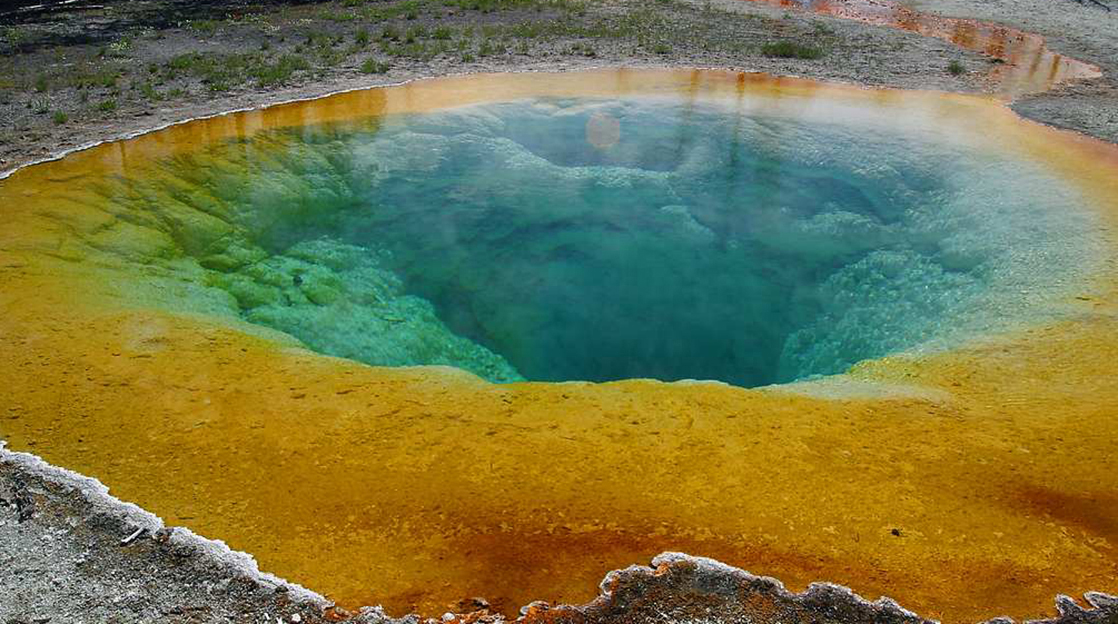| << Chapter < Page | Chapter >> Page > |

In the recent past, scientists grouped living things into five kingdoms—animals, plants, fungi, protists, and prokaryotes—based on several criteria, such as the absence or presence of a nucleus and other membrane-bound organelles, the absence or presence of cell walls, multicellularity, and so on. In the late 20 th century, the pioneering work of Carl Woese and others compared sequences of small-subunit ribosomal RNA (SSU rRNA), which resulted in a more fundamental way to group organisms on Earth. Based on differences in the structure of cell membranes and in rRNA, Woese and his colleagues proposed that all life on Earth evolved along three lineages, called domains. The domain Bacteria comprises all organisms in the kingdom Bacteria, the domain Archaea comprises the rest of the prokaryotes, and the domain Eukarya comprises all eukaryotes—including organisms in the kingdoms Animalia, Plantae, Fungi, and Protista.
Two of the three domains—Bacteria and Archaea—are prokaryotic. Prokaryotes were the first inhabitants on Earth, appearing 3.5 to 3.8 billion years ago. These organisms are abundant and ubiquitous; that is, they are present everywhere. In addition to inhabiting moderate environments, they are found in extreme conditions: from boiling springs to permanently frozen environments in Antarctica; from salty environments like the Dead Sea to environments under tremendous pressure, such as the depths of the ocean; and from areas without oxygen, such as a waste management plant, to radioactively contaminated regions, such as Chernobyl. Prokaryotes reside in the human digestive system and on the skin, are responsible for certain illnesses, and serve an important role in the preparation of many foods.
Prokaryotes are present everywhere. They cover every imaginable surface where there is sufficient moisture, and they live on and inside of other living things. There are more prokaryotes inside and on the exterior of the human body than there are human cells in the body. Some prokaryotes thrive in environments that are inhospitable for most other living things. Prokaryotes recycle nutrients —essential substances (such as carbon and nitrogen)—and they drive the evolution of new ecosystems, some of which are natural while others are man-made. Prokaryotes have been on Earth since long before multicellular life appeared.
The advent of DNA sequencing provided immense insight into the relationships and origins of prokaryotes that were not possible using traditional methods of classification. A major insight identified two groups of prokaryotes that were found to be as different from each other as they were from eukaryotes. This recognition of prokaryotic diversity forced a new understanding of the classification of all life and brought us closer to understanding the fundamental relationships of all living things, including ourselves.

Notification Switch
Would you like to follow the 'Bi 101 for lbcc ilearn campus' conversation and receive update notifications?